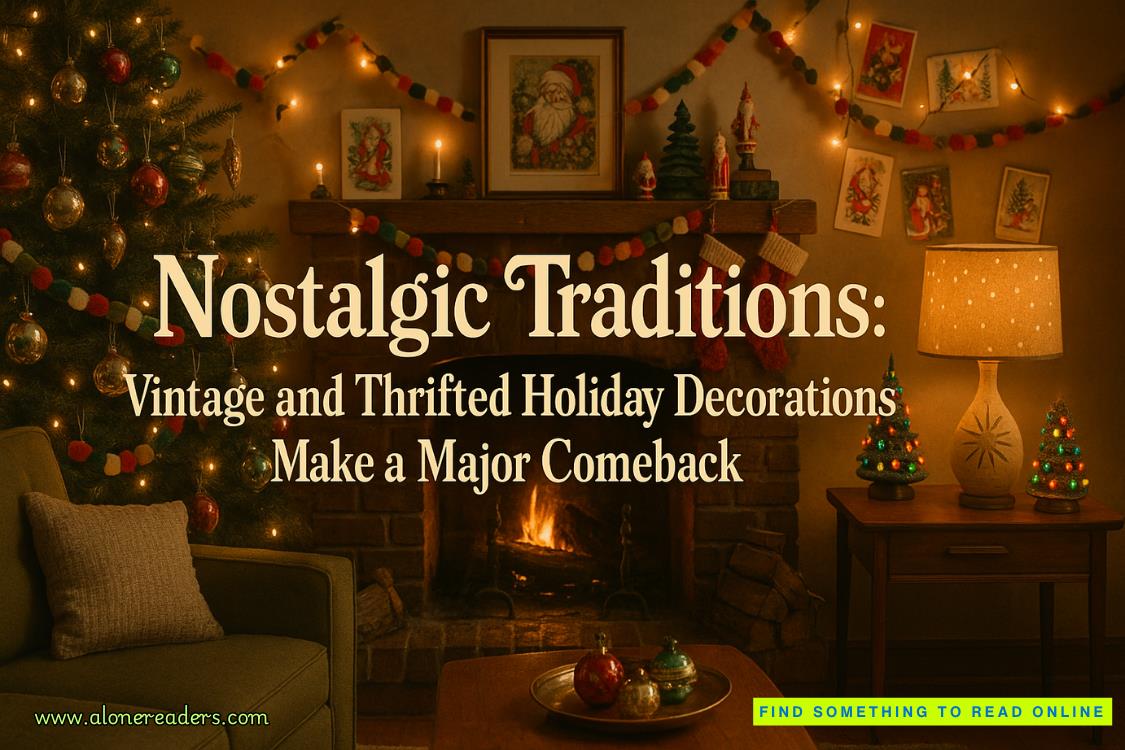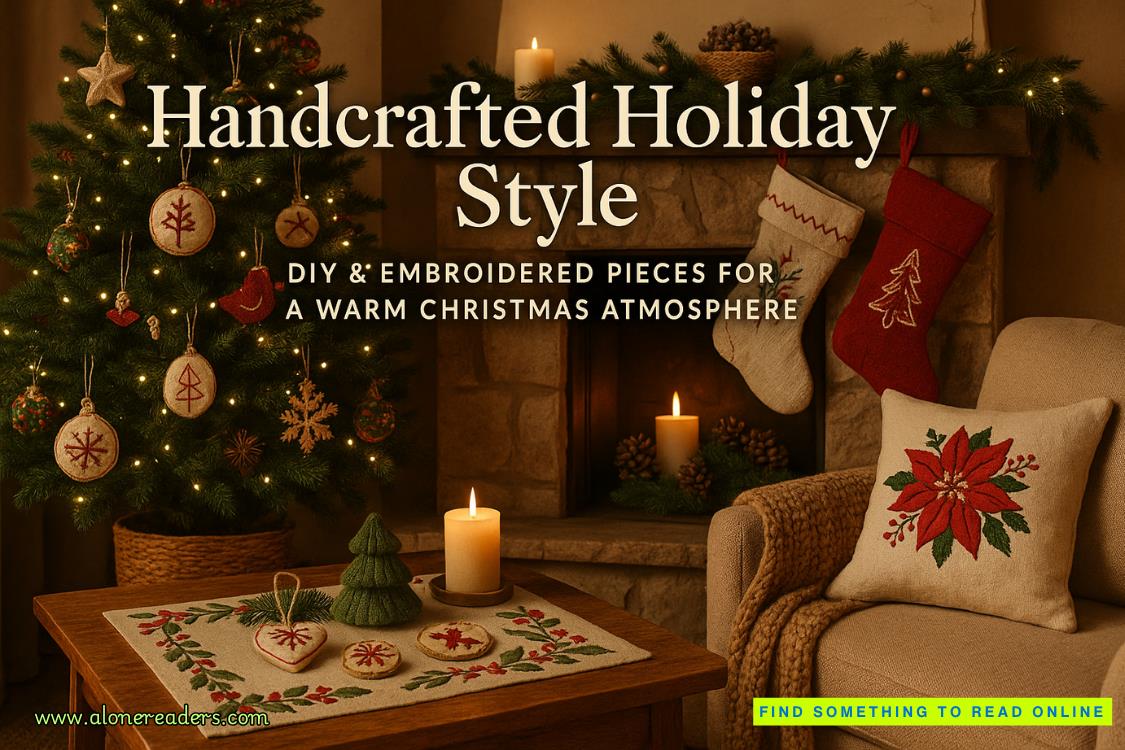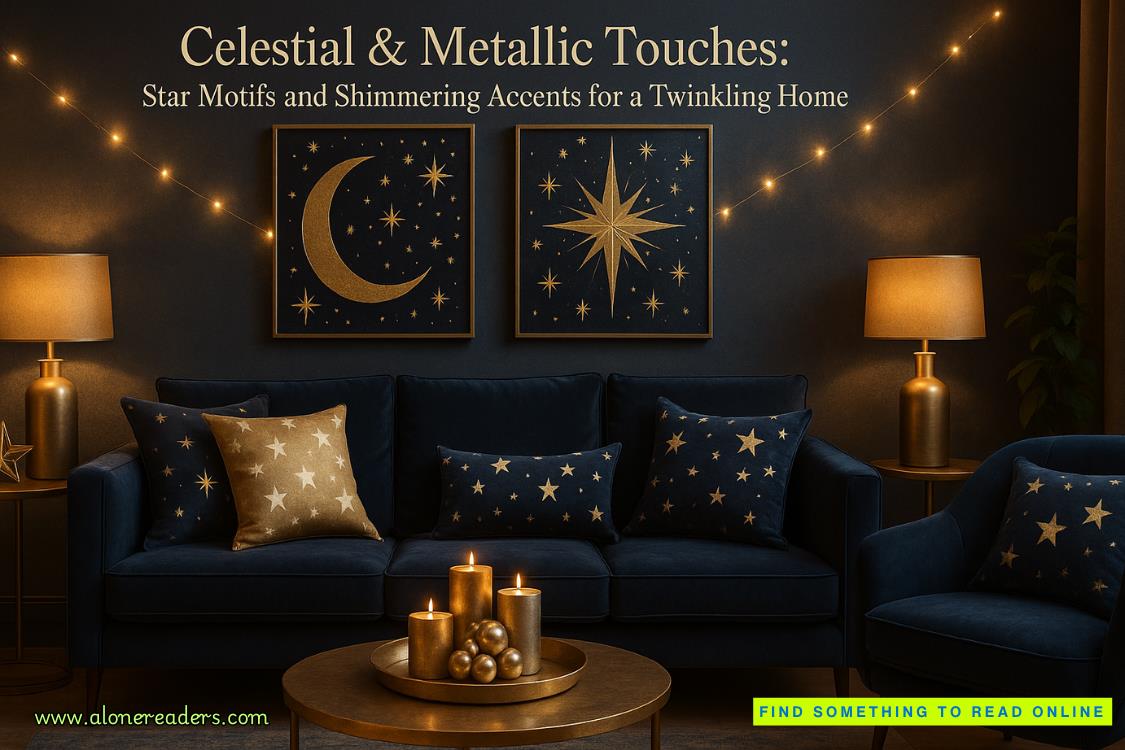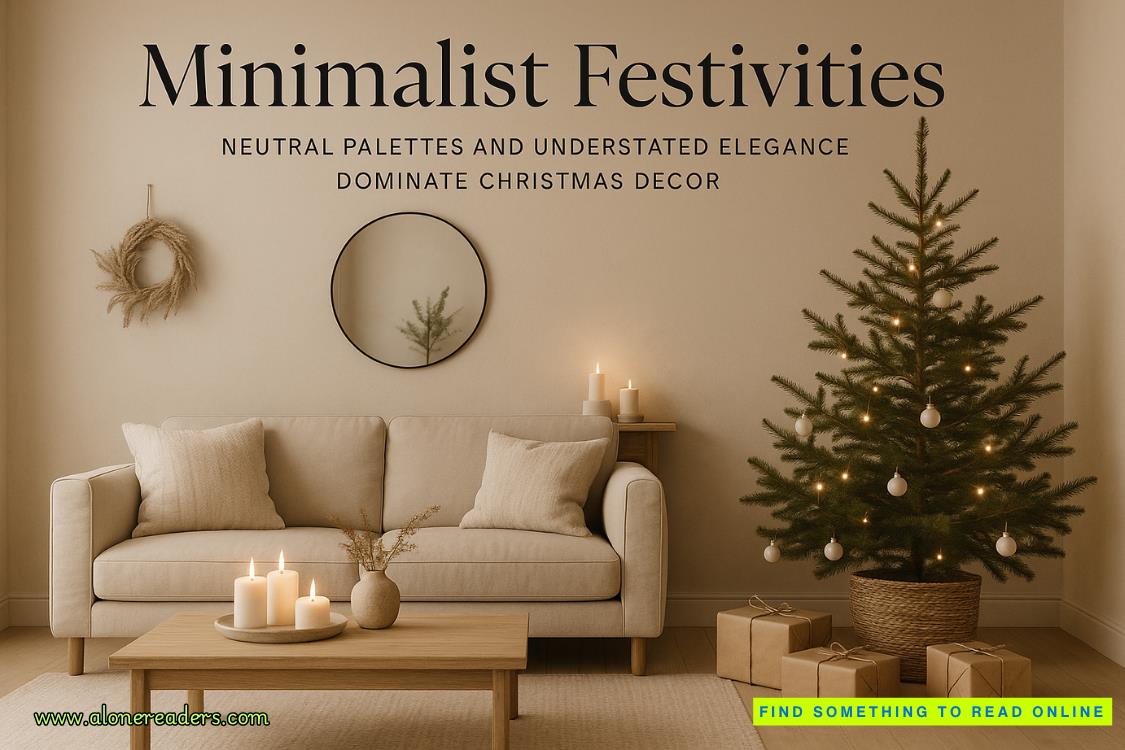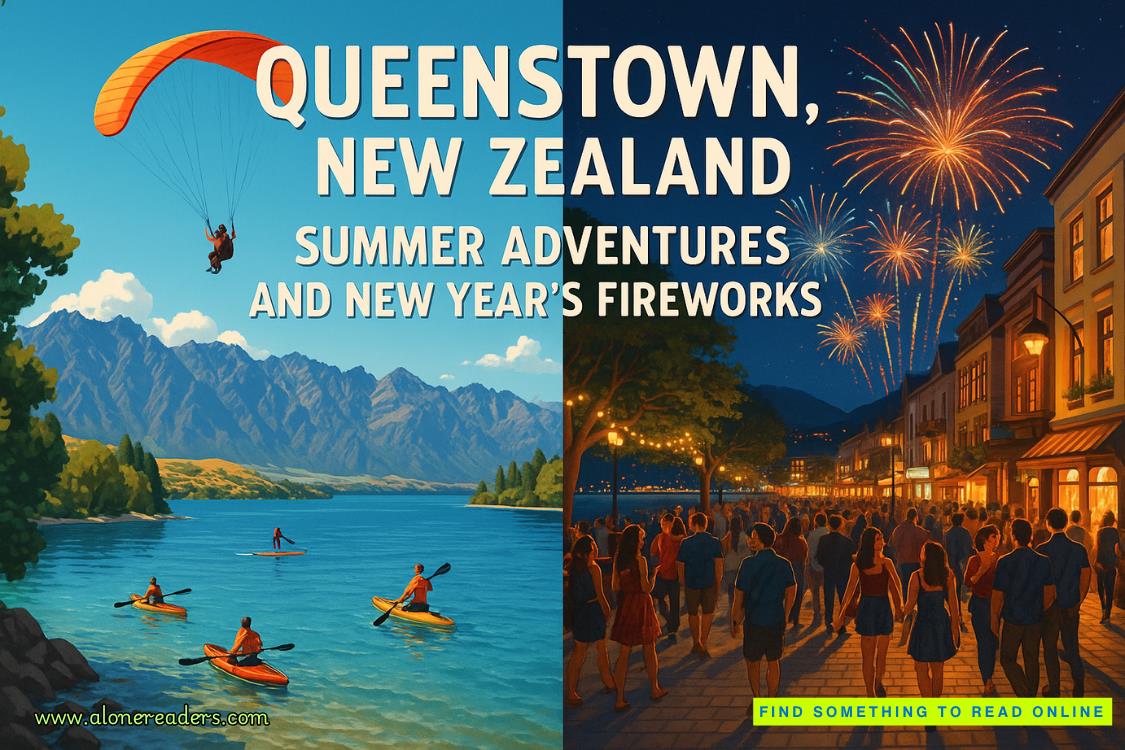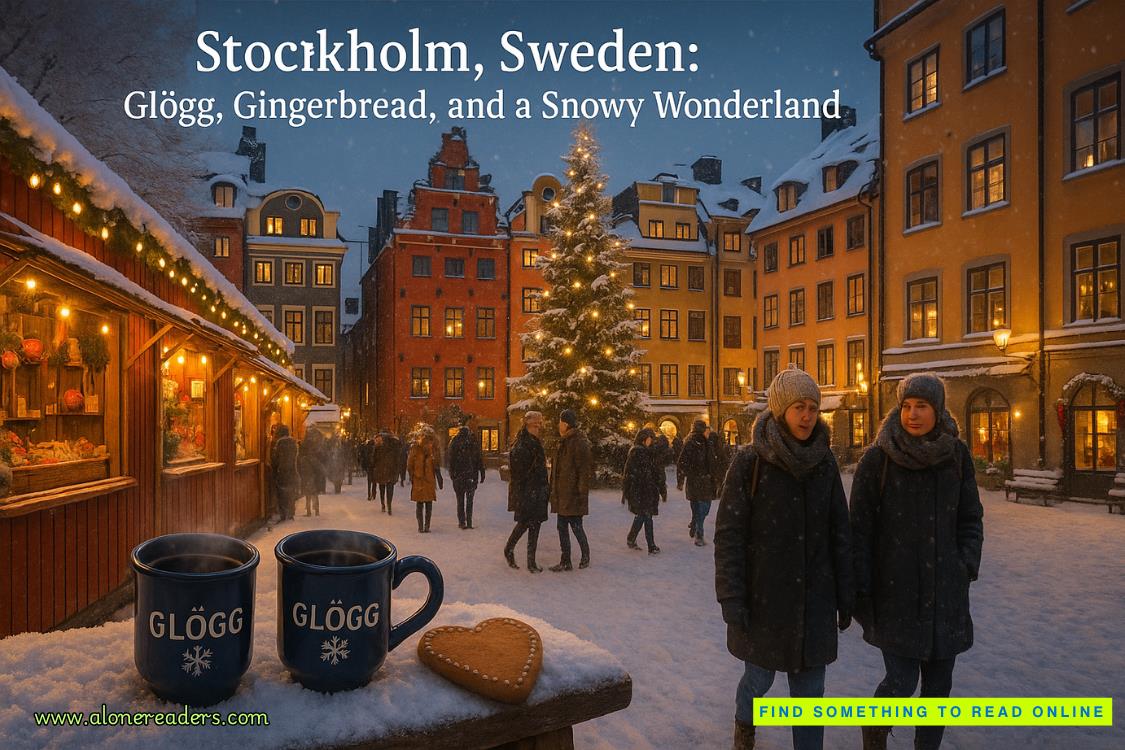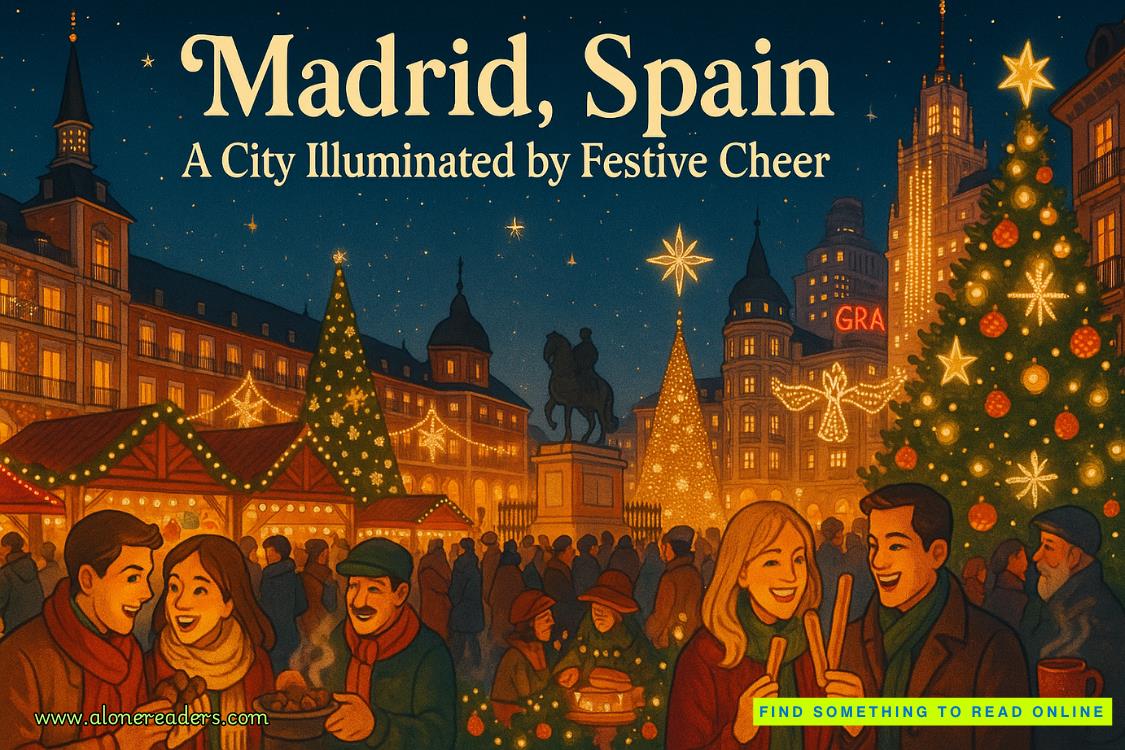Page 50 of The Wrong Fiancée
"Got it," I replied. I knew a bully when I saw one and knew exactly how to work with them to ensure the least amount of damage. I'd only be under his supervision for six months, after which I'd get a job as a manager in the resort. That in itself had seemed like an impossibility as I had worked every and any menial job possible at Hale Moana.
According to Leilani, whom I confided in about Desmond, I had paid my dues, and this was well deserved. Except for Desmond, all my other colleagues had been encouraging. Theyknew me and didn't put any stock in the rumor that I suspected Desmond had started of me sleeping with Dante.
I had spent every spare minute in the Ke Ala O Ke Kai Art Gallery since I got the role. I helped arrange the furniture, figured out the placement of paintings with Melody, and did the planning for the reception. I had worked more hours than my contract warranted, but I loved every minute of it.
The only constant from my old life was that I still saw Noe once a week. My days off were now Tuesdays and Wednesdays, and I was still getting used to having so much time to myself.
My first paycheck as a management trainee was twenty percent more than before, which was amazing for someone who had been scrimping, saving, and checking past-due dates on food items to save money.
I was grateful to Dante—but I also knew that this happened because Dean had pushed the issue. Leilani disagreed. She'd put my name up for management trainee for the past year, so it was about time that I got here.
I looked around the gallery, proud of what the team had achieved. The room's minimalism was in stark contrast to the lush, natural beauty that lay just outside its floor-to-ceiling windows.
The gallery had been designed to draw attention to the art, the bold strokes, and the intricate details that adorned the canvases. The cool air of the gallery hummed with quiet sophistication. This curated calm felt worlds away from the wildness of the island. But every so often, the sound of the waves crashing just beyond the windows seeped in, a reminder that we were still in Kauai, still surrounded by the untamed beauty of the ocean and the land.
The juxtaposition was striking—inside, all clean lines and modern edges; outside, the beach stretched endlessly, the colors of the sunset reflecting on the water, soft pinks and oranges that could have been plucked straight from a painting themselves. And yet, here in this gallery, island art brought those two worlds together. Historic and contemporary pieces hung side by side,each one a visual story that connected the past with the present, the natural with the crafted.
The reception was proving to be a success because, thanks to a strong social media push from marketing, guests from the resort and people from around the island came for opening day.
When Melody said I'd be responsible for explaining the art on one of the walls—thewholewall with the seven paintings, I'd been dumbstruck.
I had worked hard to learn everything I could so that I would not come across as a dilettante who didn't know what she was talking about.
As the first group of people came by, I smiled nervously. I was in a blue wrap dress and two-inch nude pumps. I needed to be able to walk and be comfortable, but I also wanted to look nice. I had left my hair loose and, in island fashion, pinned a white plumeria to the side of my hair above my right ear.
The people standing in front of me, waiting for me to speak about the painting behind me, were in designer outfits. They held champagne glasses. I had never been more intimidated.
"This painting by Solomon Enos is a perfect example of how contemporary island artists are reimagining our mythology." I gestured toward the bold, almost chaotic use of color on the canvas. "You can see how he takes traditional Hawaiian stories—like the legend of Pele—and pushes them into the modern world. The intense reds and oranges, the way the lines seem to pulse and burn, it's all about the emotion, the mana, the energy of the island."
The group nodded, murmuring in agreement as they studied the painting. A well-dressed older man leaned in closer, inspecting the texture of the brushstrokes with a critical eye.
"And then," I continued, leading them to the painting next to it, "we have Herb Kawainui Kane, one of the great historical painters of Hawaiian culture. His work here," I indicated toward a large, serene canvas of a traditional Polynesian canoe slicing through the deep blue sea, "is rooted in history, capturing the spirit of our ancestors. You can feel the reverence in everybrushstroke—the connection to the land, the ocean, the journey. It's a tribute to the voyagers who first navigated these waters, to the very foundation of Hawaiian identity."
As I repeated the descriptions and explanations, my confidence grew, and my passion for art bubbled to the surface. This wasn't simply about displaying art; it was about sharing the story of the islands, weaving together the history and culture that had shaped me—shaped all of us.
I was alone for a few minutes, so I grabbed a glass of water from the waiter to soothe my parched throat.
Even before I saw him, I felt him. It had always been like this, hadn't it? Damn it! Why was he here? Couldn't he let me have this without him taking over my senses?
I glanced around and saw Dean standing at the edge of the room, his eyes fixed on me. The look on his face was unmistakable—curiosity, admiration, surprise. I had never been this person to him before. The woman who knew her stuff, who could command the attention of wealthy collectors and speak with authority about art. For so long, he'd seen me as someone who faded into the background. But now, I was front and center, in my element, and I could feel his gaze following me like he was seeing me for the first time.
And I wasn't going to lie—I wanted him to see me. It felt damn good to be seen as more than the maid kneeling on the floor scrubbing.
A new group of people came to where I stood, and I began to tell them about the paintings.
"What makes these two artists so significant?" a man, a collector whom Melody had pointed out to me as someone to take extra care of, asked. He was in his early sixties and had a distinguished look about him.
"Enos and Kane are monumental figures in Hawaiian art, not only because of their extraordinary talent but because of how they interpret the island's spirit through vastly different lenses. Enos, with his contemporary abstract approach, often reimagines traditional Hawaiian myths and cosmology. His work is deeply rootedin a forward-thinking exploration of identity, often challenging colonial narratives through bold, dynamic compositions that pulse with energy."
I gestured toward the next piece, my hand brushing the air delicately. "Kane, on the other hand, approaches Hawaiian history with reverence and meticulous accuracy. His work is ethnographic in nature—painstakingly researched and historically grounded. Kane's paintings feel like a visual archive of the Polynesian voyaging tradition of our ancestors navigating the vast Pacific Ocean. His use of soft realism and precise detail honors not only the physical landscape but also the intangible connection to our ancestral lineage. The mana, or life force, in his paintings is palpable. Kane's work is not just about the islands; it is about the very spirit of Polynesian navigation, of discovery, of survival."
The man nodded. "If I were to say acquire an Enos or a Kane, which ones do you recommend?"
You want me to recommend a three hundred thousand dollar painting? I don't think so.
I smiled. "Well, you can't go wrong with any of their art."
"Tell me which one is your favorite," he challenged.
